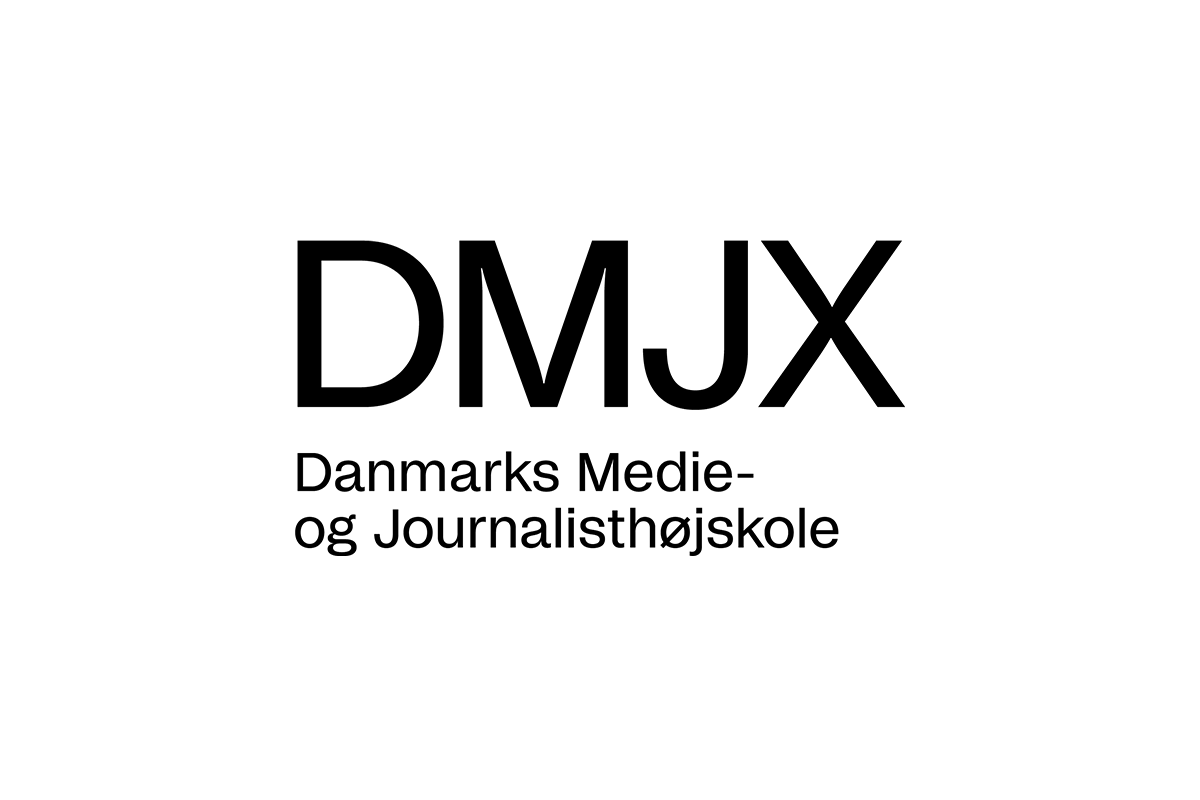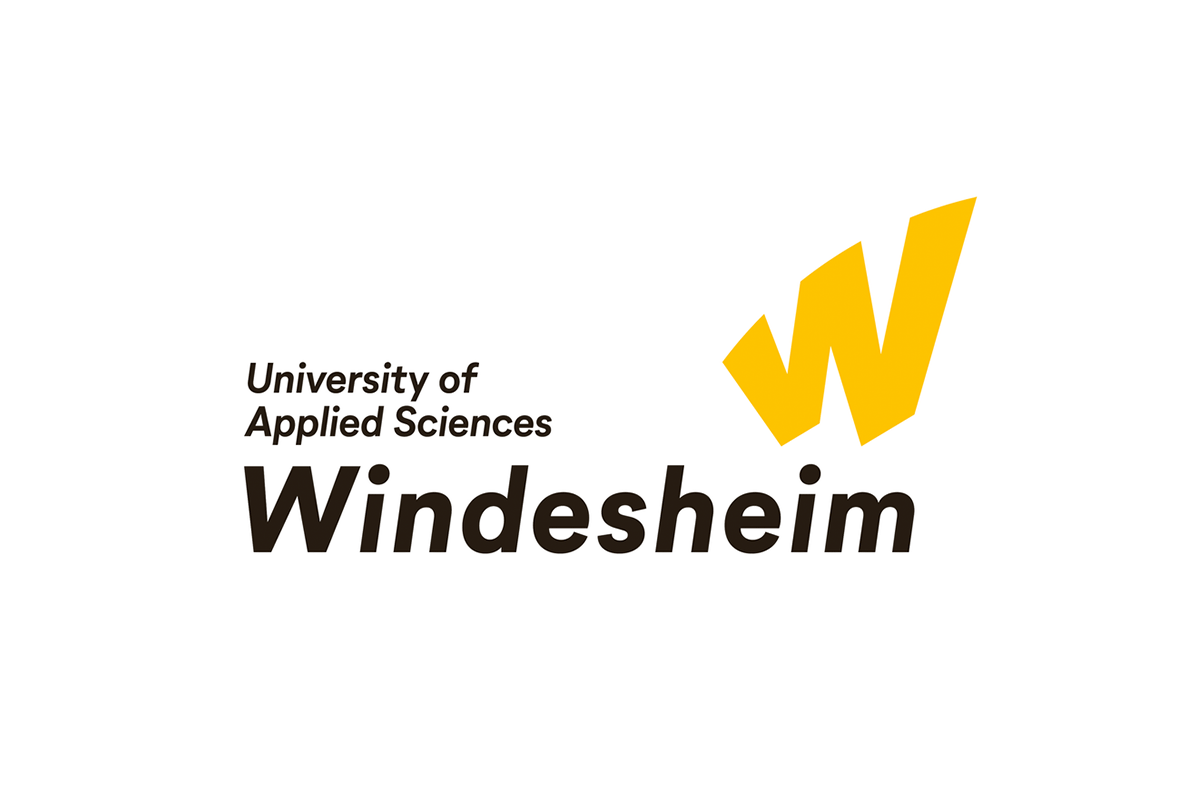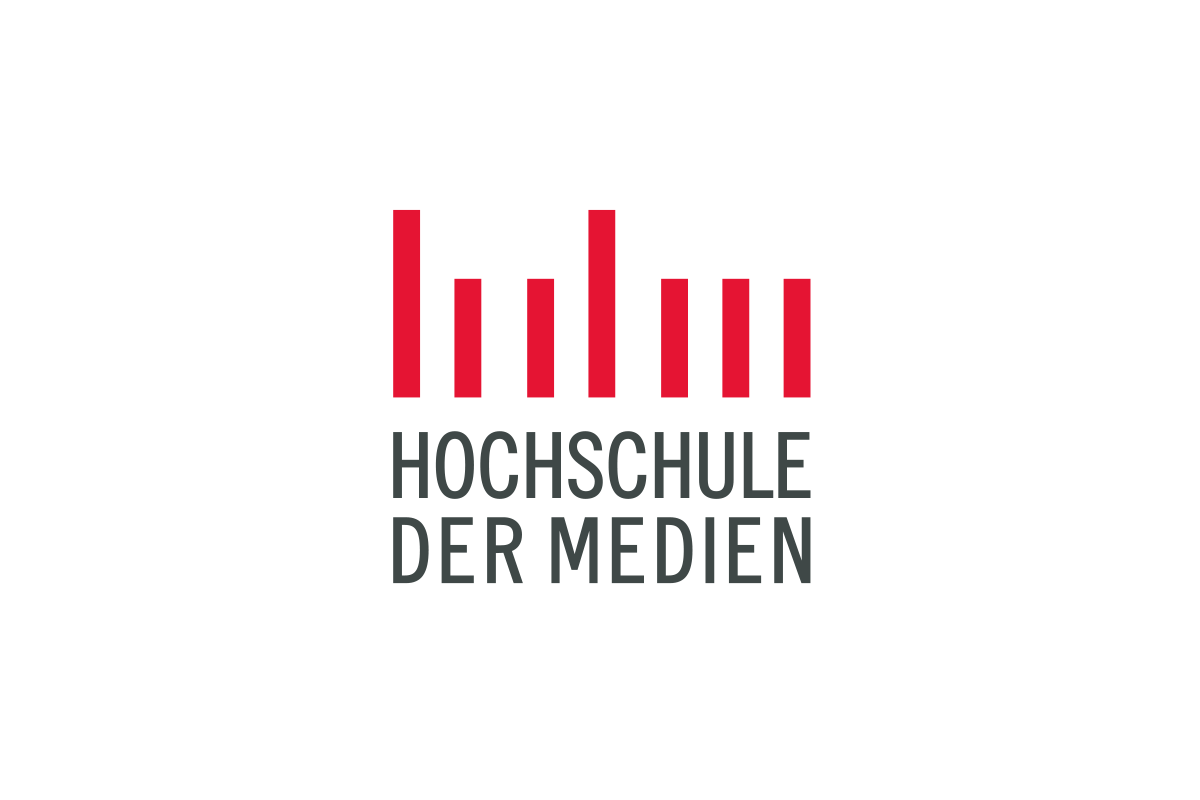Dialogue-based Journalism (20 ECTS)
Students have two major assignments:
1. Dialogue project (7 weeks). Students dive into a societal problem and zoom in on specific places where it is manifest. They listen to affected people and other relevant sources, and they involve citizens through crowdsourcing techniques. They publish online and moderate.
2. Debate project (3 weeks). In small groups, students arrange and facilitate constructive debates and chose one of two types: A) A constructive debate between two people with opposing views or B) A conversation with at least six to ten people.




